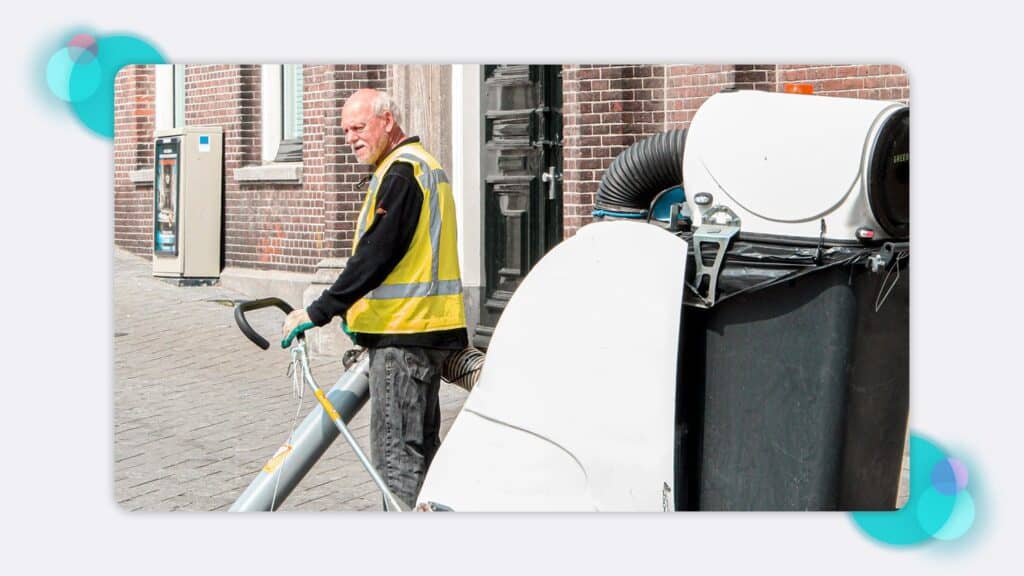
Councils are the most common form of local authority (or local government) in the UK. They may take the form of larger county councils or more localised district, borough, parish, town or city councils.
Local governments provide services such as social care, schooling, housing, planning and waste collection. Some councils may be very hands-on with their services, managing everything from street cleaning to housebuilding and public transport.
Note: throughout this article we’ll be using the terms ‘councils’, ‘local authorities’ and ‘local government’ interchangeably. What’s important is the common risks and responsibilities that these institutions have.
A lone worker is someone who works out of sight or earshot of their colleagues for some or all of their day.
Lone working, by its nature, can increase the risk of serious injury by lowering levels of oversight and increasing response times to potential emergencies.

More than two million people work for local government in the UK. Between them they provide more than 800 different services. Some of these will be relatively low-risk administrative roles –perhaps based in offices with high levels of support and supervision.
Some council and local government roles that may be considered ‘lone working’ however, include:
Note: if you are interested in protecting health workers in the public sector, check out our Lone working in the NHS article.
Safepoint works with a wide range of councils and local authorities to keep their lone workers safe.
We also protect workers across the public sector, including NHS staff as well as the Labour Party.





In most cases, lone working is perfectly legal and appropriate. Councils who employ lone workers, however, should consider the type of work their staff face, and what can be done to mitigate that risk.
Whether a planning officer is making a tour of a construction site or a social worker is visiting a client’s home, it is important to remember that lone working can make risks much more serious than they otherwise would be.
Common risks affecting council employees might be aggression from clients, or accidental injuries in remote and high-risk areas. In these situations, it’s important that staff members have the right training, protection and support.
If a local authority employee had an emergency while working alone, who would know? How would they find help? This lack of supervision or oversite can be one of the main concerns when employing lone workers.
Since COVID-19, many councils have increased their rates of home-working, particularly for administrative roles.
While most working-from-home setups are perfectly safe, there are some considerations that should be made.
For instance, does a home-worker have any conditions that may require greater levels of supervision? –I.e, someone with epilepsy who might be at risk from sudden injury.
Furthermore, for those who are ‘based at home’ –those who split their time between their home office and ‘in the field’ work– there may be further complications. For instance, if a social worker makes house visits, and then heads back to their own home to type up their findings, it may take their team a long time to notice they are missing.

Councils and other local authorities face a lot of scrutiny and, understandably, are keen to meet the standards laid out by the UK’s Health and Safety Executive (HSE). The HSE states that employers of lone workers have a responsibility to:
Local authorities should remember that they have a duty to all their employees’ health and safety needs –no matter what type of employment.
With this in mind, it’s important that you include contract and part-time workers in your lone worker policies.
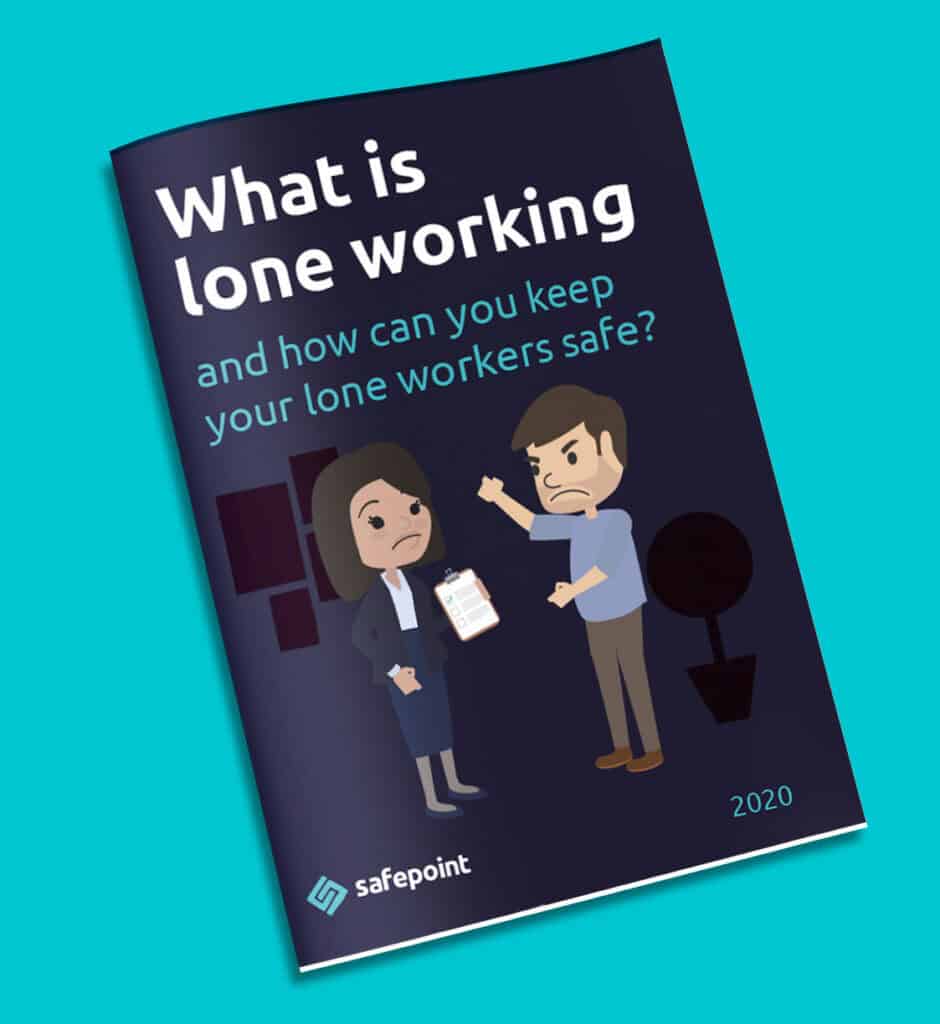
To keep your council employs safe when they’re lone working, you need to assess the risks of their role, and take actions to alleviate those risks. This may include:
All lone workers should be trained in how to minimise risk when working alone, and how to use any lone working solutions in place.
If your employees work directly with the public –and especially if they work in people’s homes– they may require training on how to deal with aggression and violence.
Knowing how to de-escalate aggressive situations, and how to get out of them, can be vital. This may be especially true for social workers and others who work in emotionally-charged situations.
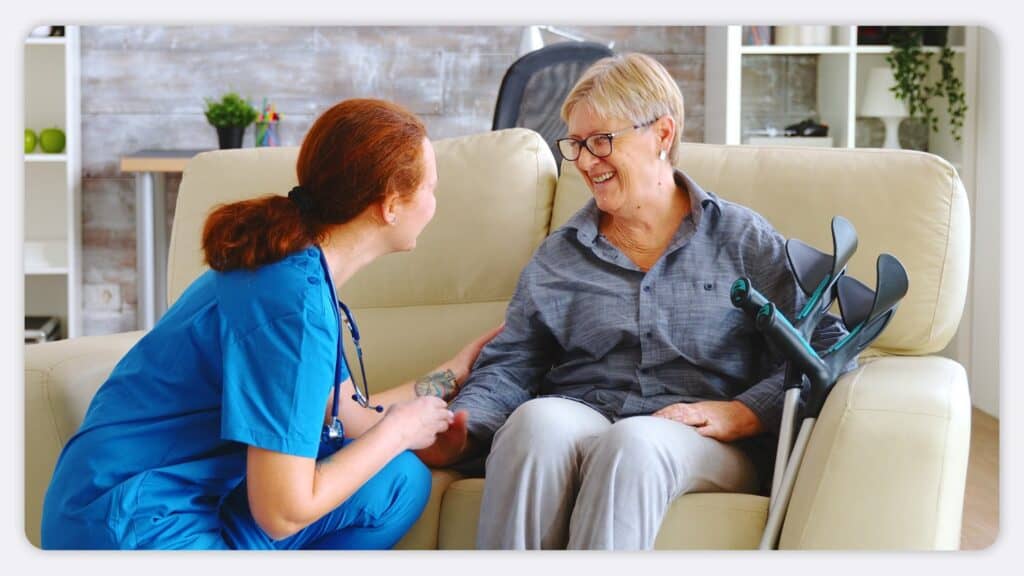
One obvious solution to the risks of working alone is to have employees work with other people. For some situations, this is essential (such as working in certain confined spaces).
In many cases, it may not be feasible to work in teams or pairs –which is why lone working is so common. If your staff cannot work in teams, it’s important for them to have good communication with their supervisors and colleagues.
As mentioned, it’s important that lone workers are given support and supervision, even when they’re a long way from their nearest colleague.
Some organisations will set up periodical check-ins with their staff (by phone call or similar) but this can be time consuming and distracting.
A solution like Safepoint allows you to keep track of how your staff are doing, without the risk of interrupting their important work.
The UK’s HSE requires employers to provide their lone workers with robust and dependable methods of calling for help in an emergency.
Mobile phones are, of course, a good start. In an emergency, it’s important for workers to be able to call for help.
But what if a worker is under threat from a client, is knocked unconscious, or is otherwise unreachable?
That’s where Safepoint’s all in one lone worker solution comes in. Safepoint’s apps and wearable devices allow lone workers to create live ‘tasks’ which are shared with their supervisors. This not only allows those supervisors to keep track of what everyone’ is doing, but Safepoint can also send out automatic, smart GPS alarms in the case of an emergency.
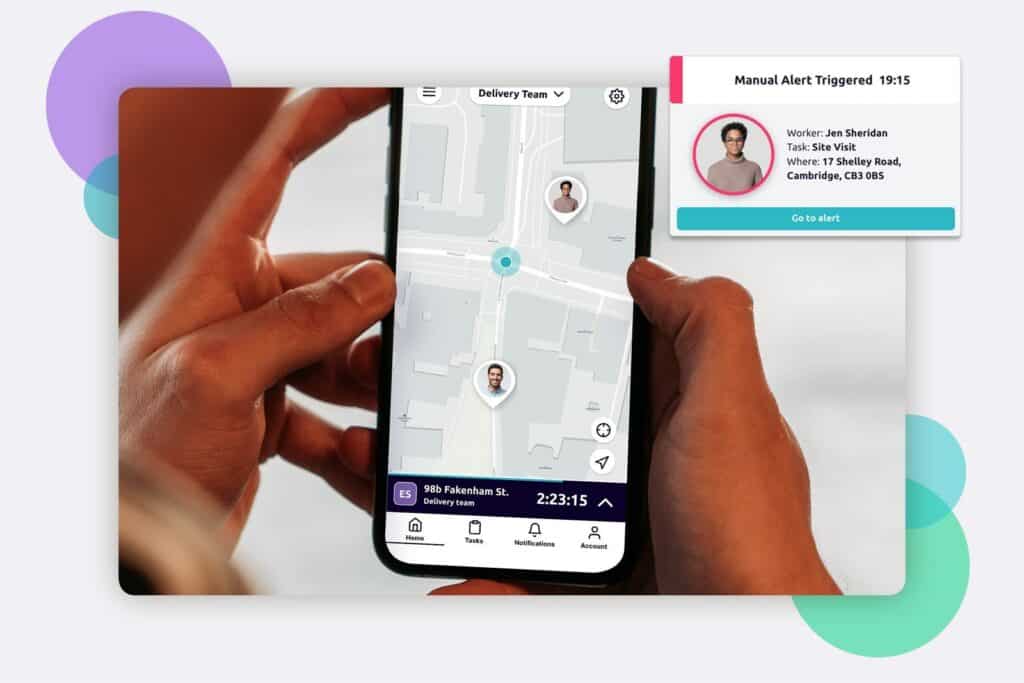
As we’ve mentioned, lone workers can’t always call for help when they’re in trouble –and that’s especially true for council workers who might be dealing with members of the public.
That’s why Safepoint has built robust, easy to use solutions that not only help you keep track of your team throughout the day, but also will automatically alert your managers if something goes wrong.
We even provide 24/7 alarm monitoring so, if anything does go wrong, it will be handled immediately. Keep reading to learn more!
Safepoint provides award-winning lone working solutions for workers in the transport and logistics sector along many other industries across the UK and abroad.
When public sector employees are equipped with Safepoint’s apps and wearable panic alarms, they can set up timed, GPS-tracked ‘tasks’ (such as ‘Castle Street inspection – 1 hour’).
If the worker runs into trouble, they can tap a button on their phone or wearable panic alarm and an alert will be sent out (along with their live location).
But what if a worker is incapacitated (for instance, if they have an accident)?
With Safepoint, an alert will automatically be sent out if a user takes a fall (sometimes called a man-down feature) or if they are unresponsive.
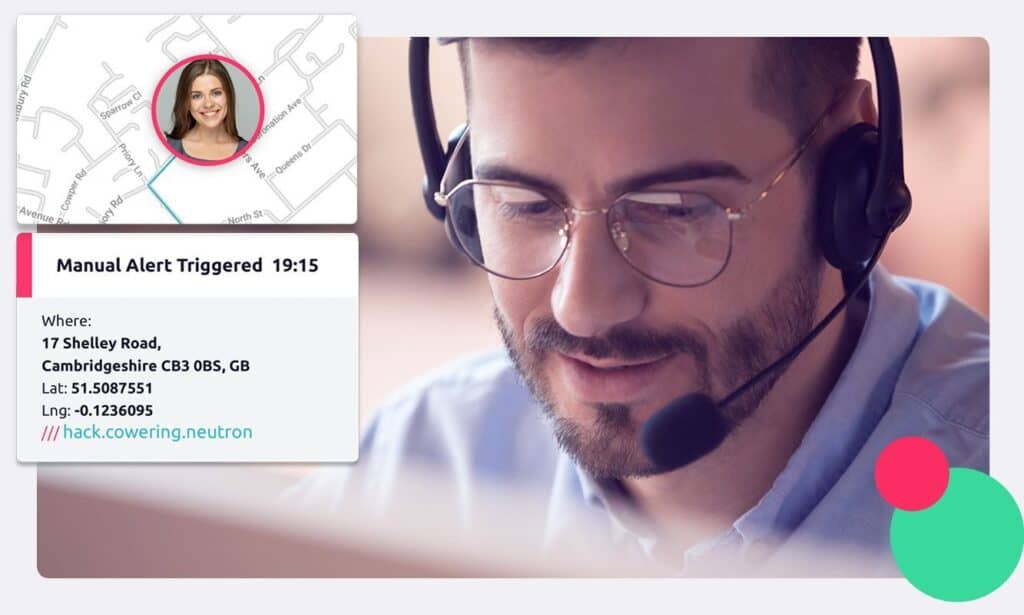
Above: when an alert is triggered, it is handled by our GuardianPlus team and can be viewed in the web portal.
With Safepoint’s 24/7 GuardianPlus service, your team’s safety can be monitored day and night by an accredited team of expert responders.
These emergency response professionals, working out of a dedicated Alarm Receiving Centre (ARC), will handle any emergency –from first response, to escalation management, to liaising with the emergency services.
We know that many local authorities, and those employed in the public sector, have started working from home more often.
Beyond the safety considerations, this can make keeping track of your workforce more difficult.
With Safepoint’s unique in-app team view, you can see where your team are, where they’re heading, how long they think their trip will take, and more.
You can monitor your whole team from the Safepoint app or web portal. You can even see a historical log of all your team’s journey’s and statistics on their safety.
Check out the video below to see how Safepoint works. You can also try Safepoint for free, or you can book in a free demo!
Award-winning safety management tools and a fully accredited response team.